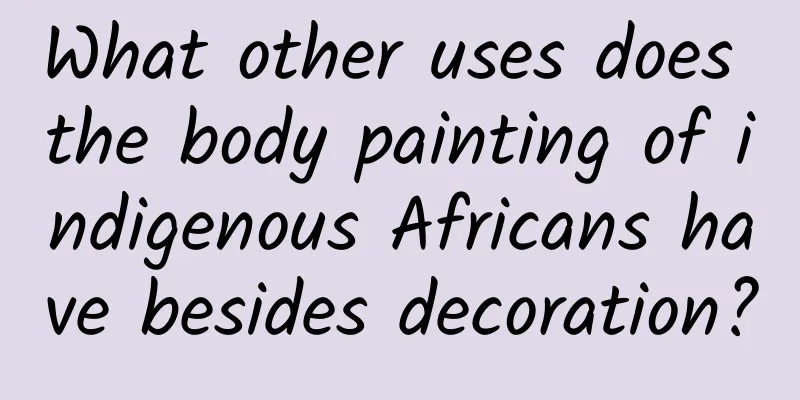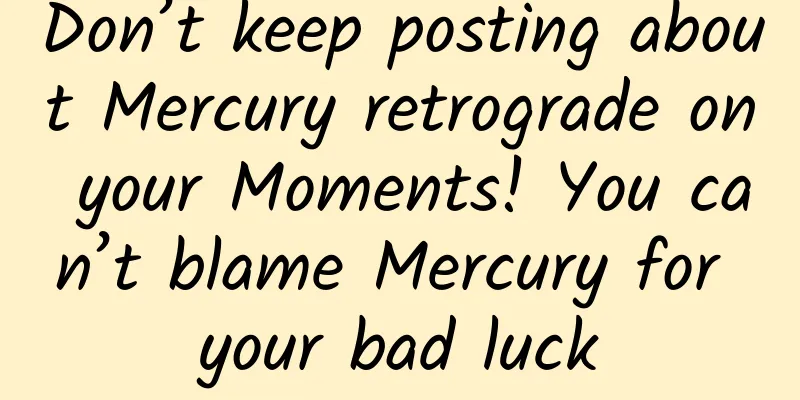What other uses does the body painting of indigenous Africans have besides decoration?

|
In some primitive tribes in Africa, Australia, Papua New Guinea and North America, many tribesmen often paint their bodies with white, bright yellow or beige stripes. These painted patterns are extremely diverse. They are generally used as body decorations for tribal members. Some are used to express emotions or as marks of personal identity. What’s even more interesting is that these painted stripes are very similar to the stripe patterns of animals such as zebras and okapis. Perhaps historically and culturally, their ancestors liked this type of stripes, but studies have shown that these striped patterns actually serve as camouflage and protection against horsefly bites. In the areas where these primitive tribes live, horseflies are extremely annoying creatures that suck the blood of livestock such as cattle and sheep. This will not only cause trouble to the cattle, but also have a significant impact on the local indigenous people. Because horseflies are not picky eaters, they often land on exposed areas of the human body to suck blood. In the intervals between sucking blood, they may also leave parasites or insect eggs on the human body surface. However, zebras living next to these indigenous people are rarely favored by horseflies, because studies have shown that the black and white stripes of zebras can effectively reduce bites from blood-sucking insects such as horseflies. It seems that the striped paintings applied by the local indigenous people have the same function as zebra stripes. So why can these stripes prevent horseflies from landing on the surface of the host organism's body? In fact, by comparing stripes and no stripes, it can be seen that the stripes can visually protect the host from the attack of blood-sucking horse flies. Because horseflies use the polarization of reflected light to find the presence of hosts and water sources , reflected light with vertical polarization will only attract females seeking host blood; while reflected light with horizontal polarization will attract both females and males seeking water sources. To this end, researchers conducted two sets of experiments in the wild in Hungary. The researchers painted the human model with black and white stripes. As a control, they also set up a beige model and a brown model, and coated the models with colorless capture glue to collect horseflies that landed on the models. In the first set of experiments, the researchers hypothesized that a standing human model would reflect primarily vertically polarized light and thus might attract female horseflies seeking blood. In the second set of experiments, it was assumed that the human body model in a lying position mainly reflected horizontally polarized light to simulate the reflection polarization characteristics of the water surface. After the experiment was set up, the researchers placed the model in the wild, collected horseflies on the surface of the model every two days, cleaned up other insects, and then moved the model to a new location. The results of nearly ten days of experiments showed that the brown human body model reflected the highest degree of polarization (d<90%), the beige one was in the middle (d<20%), and the black and white striped human body model had almost no polarization (d<5%). Proportional to the experimental results, the number of horseflies collected was the largest on the brown human model, followed by the beige one, and the least on the striped human model. This suggests that striped body paint may indeed protect against horsefly bites by making the body less visually attractive to flies. In addition to horseflies, researchers also conducted experiments on gadflies in Africa, Australia and other regions and found that striped painting is also effective. Therefore, the experiment concluded that striped painting can reduce the attacks of most blood-sucking insects (such as horseflies, gadflies, etc.), thereby reducing the chances of being bitten and spreading diseases. |
<<: Look! Tianwen-1 posted a message on WeChat Moments! It's a "big potato"!
>>: Something big happened today!
Recommend
Can sugar-free drinks help you lose weight? Drink like this, or you'll gain weight!
Author: Tian Dawei Reviewer: Zhang Na, Associate ...
What are the medicinal values of toad skin?
Toad skin is actually the keratinous membrane tha...
World Thalassemia Day: Difficult to treat but preventable! 9 pictures to help you understand thalassemia
May 8, 2023 is the 30th World Thalassemia Day (Wo...
The efficacy and function of Astragalus
Do you know Astragalus mesenteroides? It is a com...
The efficacy and function of cricket stone
As people's living standards continue to impr...
The efficacy and function of glutinous rice swill
Diseases require improvement through medicine. Di...
The efficacy and function of yellow tube flower
After thousands of years of sedimentation and acc...
Can Chinese medicine raw licorice be soaked in water and drunk?
Licorice soaked in water has good therapeutic eff...
The doctor said: Don’t do these 4 things, otherwise you will have another cerebral infarction!
Master Li had another cerebral infarction. This w...
The efficacy and function of fir wood
Fir has a long history, and up to now, fir has mo...
The principle and solution of foam formation
Foam is a common phenomenon. Generally speaking, ...
Tinnitus: Taking Chinese medicine is effective
Tinnitus is the result of different pathological ...
Help! Why do dogs always like to eat poop? The reason is not simple...
This article was reviewed by Lin Zhideng, PhD in ...
The efficacy and function of large-leaf boxwood
Do you know large-leaf boxwood? It is a relativel...









